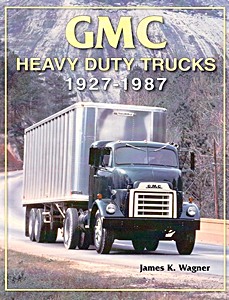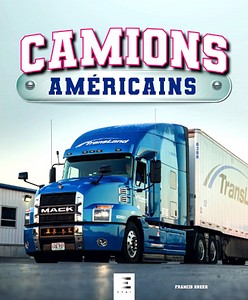GMC Heavy Duty Trucks 1927-1987
Focusing on GMCs most fruitful six decades from 1927 to 1987, this book also contains a prologue and epilogue to round out the 100 plus year history of GMC trucks and their predecessors Rapid and Reliance, with particular emphasis on the heavy-duty models.
In-depth coverage of all models, engine specifications, year-to-year changes, and model-by-model genealogy charts are included as well as the story of GM's role as a heavy-duty truck maker and the influences of Max Grabowski, William Crapo Durant, and Alfred P. Sloan Jr.
An essential book for truck enthusiasts, historians, restorers, and anyone interested in General Motors. Archival photos, many from the National Automotive Historical Collection, show many of these models in pristine form.
Detalles del libro
| Autor: | James K. Wagner |
|---|---|
| Presentación: | 126 páginas, 28 x 21.5 x 1 cm, tapa blanda |
| Ilustración: | 132 fotos b/n |
| Editor: | Iconografix (USA, 2004) |
| ISBN: | 9781583881255 |

GMC Heavy Duty Trucks 1927-1987
Idioma: Inglés
Comprar en Amazon EspañaComprar en Amazon.com
Envío rápido y devoluciones sencillas






